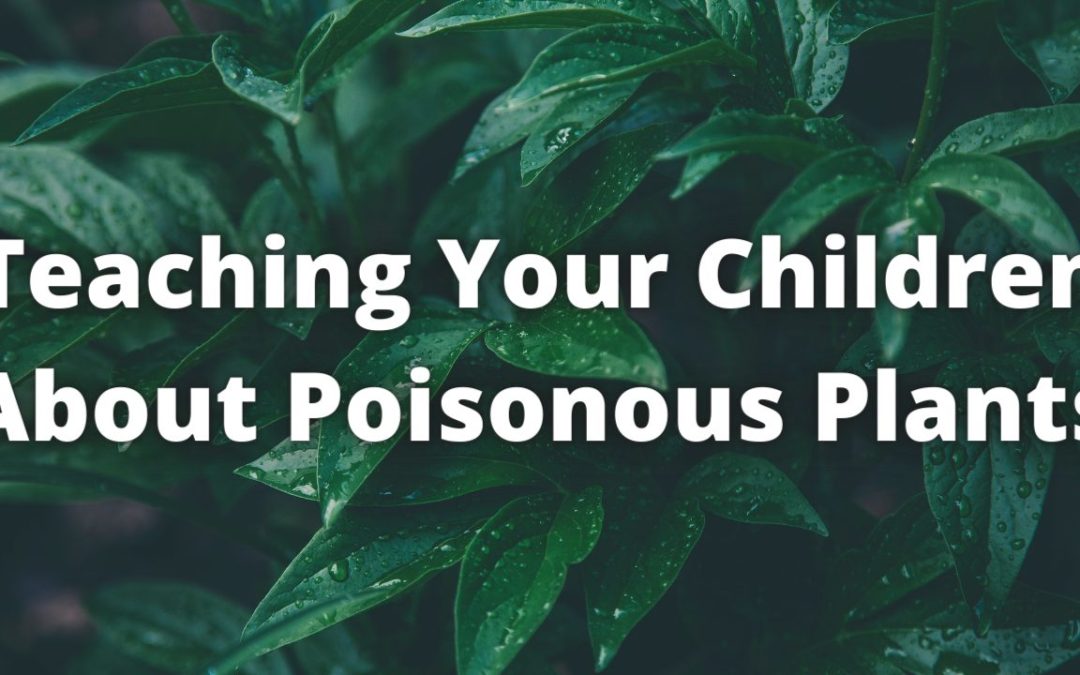It can be easy enough raising kids and forgetting to teach the essentials – like changing a tire, how to manage a bank account, and all the other myriad happenings of a day. But to be safe in this world requires some basic knowledge of a few items, including poisonous plants.
Start Teaching Young
Sure, your children may have a lower chance of running into poisonous plants depending on the region you live. But it doesn’t hurt to give your children a heads-up about these plants ahead of time, especially at a younger age. Walking around with an older toddler could result in a trip to the doctor from poison ivy. So be sure to point out these plants as you walk with your kids, or show pictures for reference if the plants aren’t in your region. You never know if your teen may travel to a state where poisonous plants are more prolific, and end up walking right through them! Make it a point to talk about how some plants can make us hurt and some, like flowers, can be stopped to smell. Your kid will enjoy the chance to stop and smell the roses while also avoiding the known poisonous plants.
It’s Not Just Poison Ivy
For many people, when they think of poisonous plants, they’re going to immediately think of poison ivy, and that’s it. But there’s many plants that are considered poisonous, since the definition includes not only poisonous but also severely irritable to human skin too. This can include poison oak, foxglove, daffodil, elderberry, and oleander, just to name a few. Be sure to check out your local region’s foliage and plants to see what naturally grows and what could be potentially harmful around you while hiking or walking.
And It’s Not Just Plants
And remember that it’s not just poisonous plants your children should look out for, but also fruits and fungi! As children grow up and recognize familiar fruits, flowers and foliage, they will also begin to see what may appear as edible. Many wild berries and mushrooms should be avoided if found in parks and natural dense forests. Again, research your area and see which berries and (if any) mushrooms may be local to your general area or state. Explaining to your kids the difference between berries in the wild and berries in the supermarket can do a world of good!
Katie Kyzivat

